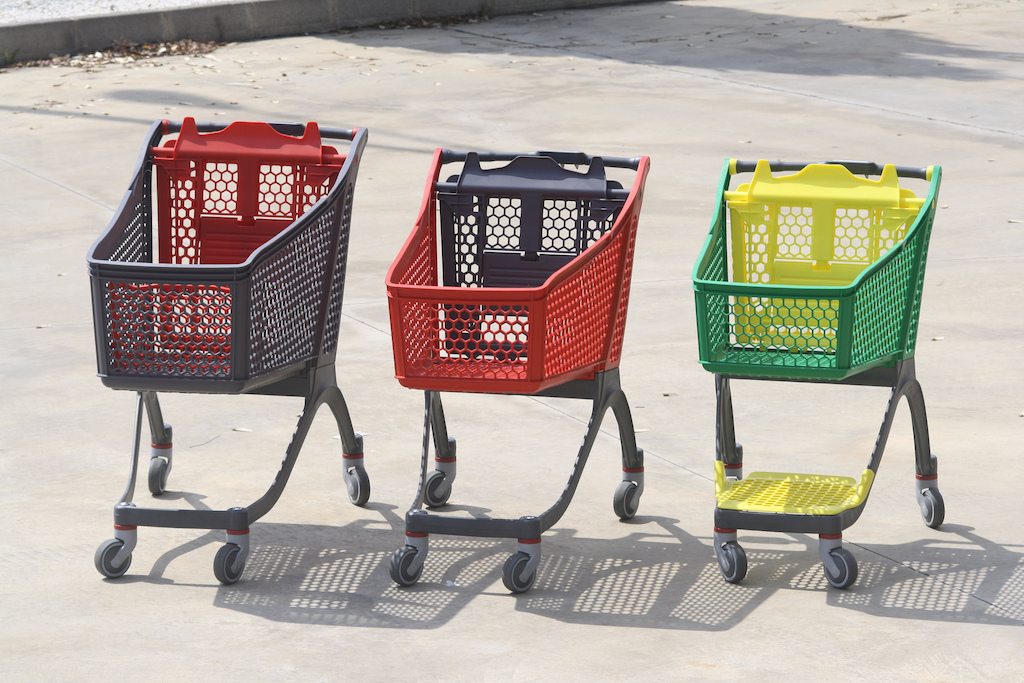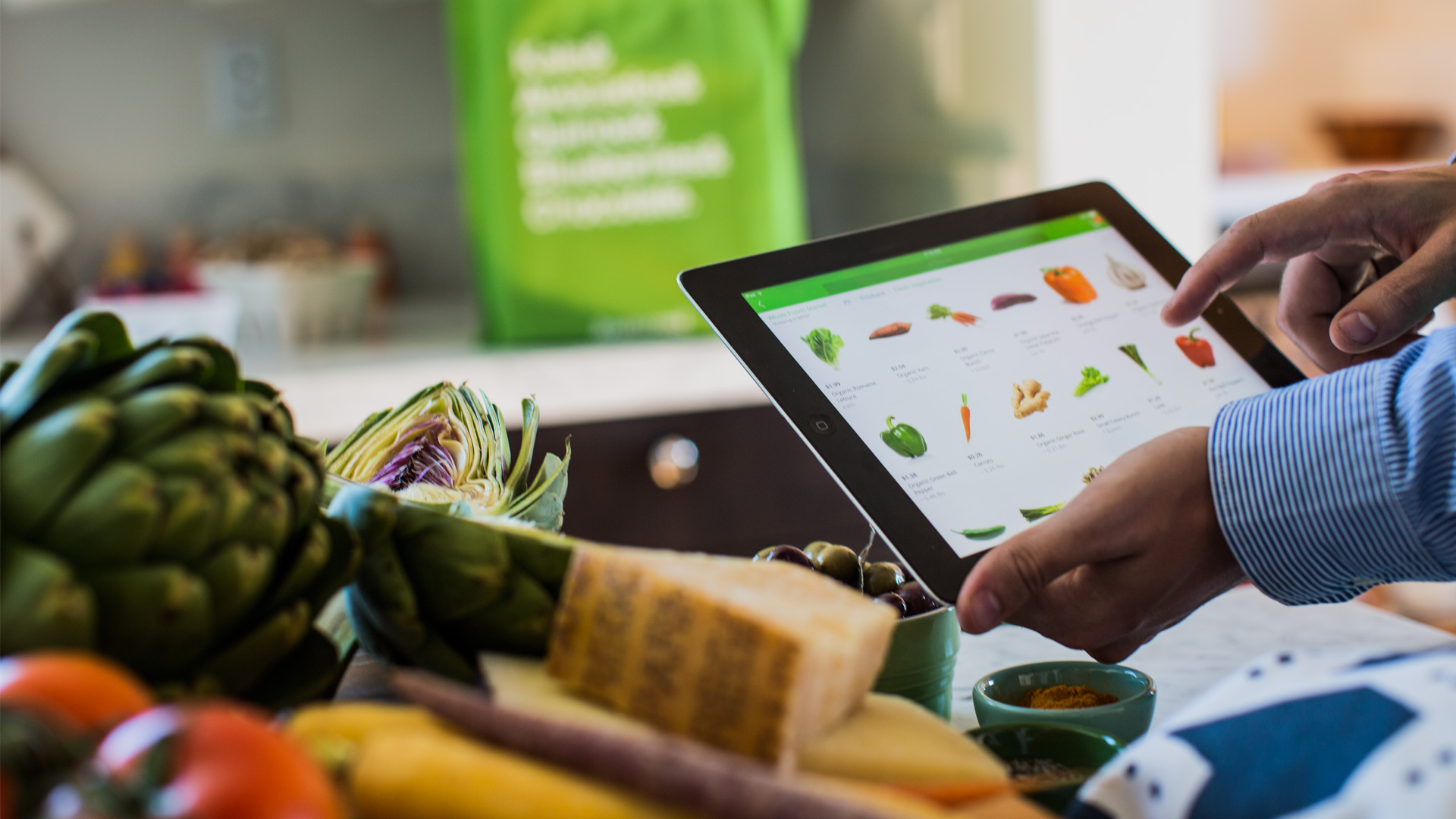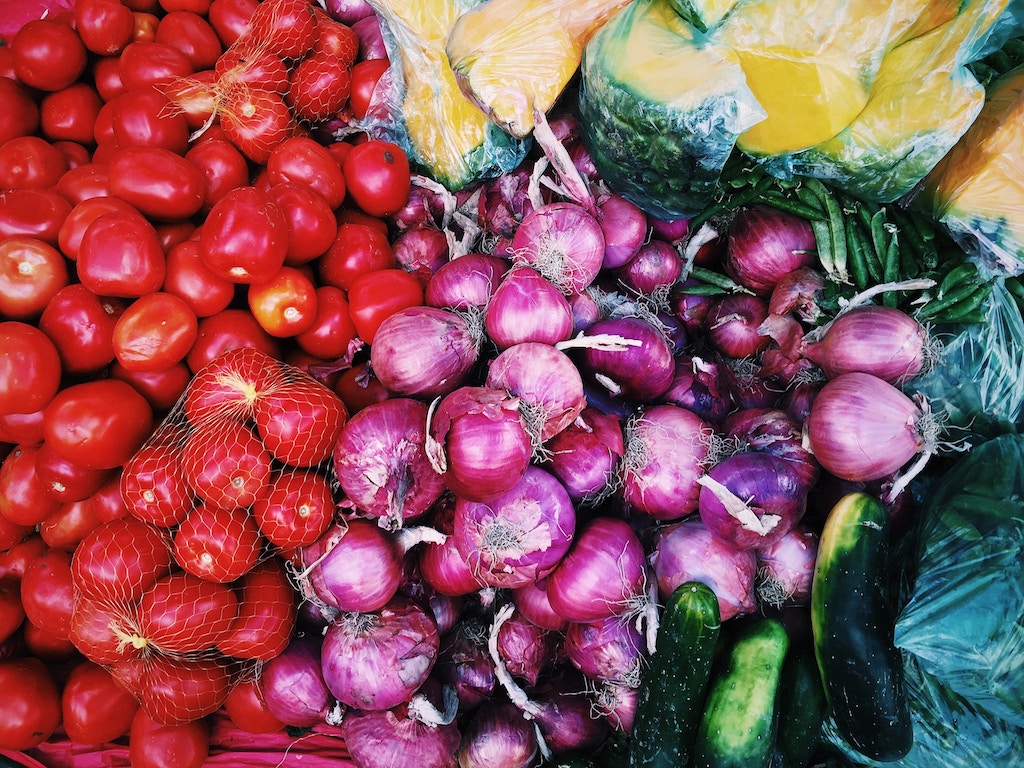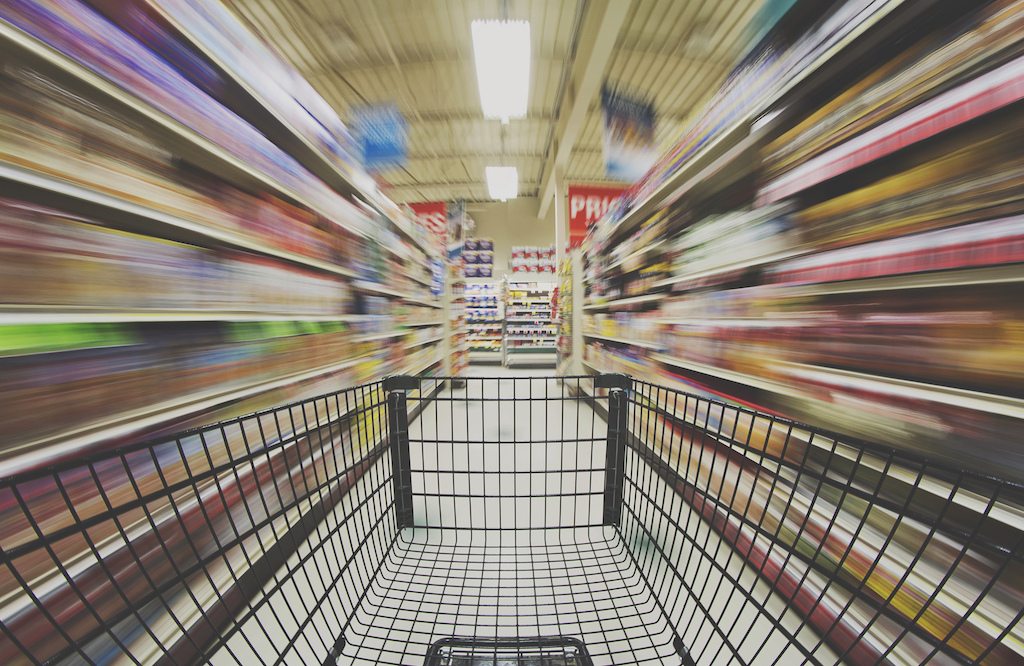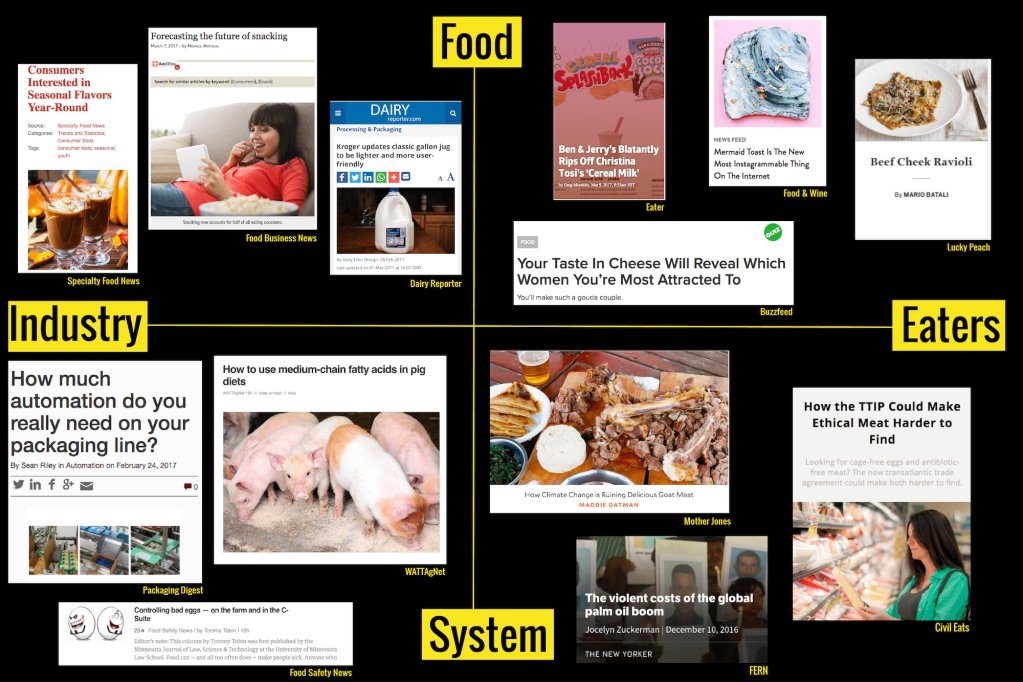A Reddit user in Boston last weekend got an accidental glimpse into Instacart’s markup practices when the grocery delivery service neglected to remove the original in-store receipt from the order. The difference between the in-store price and the Instacart total was 42.8 percent—and that’s before a $12 service fee, a $6 delivery fee, taxes, and tip.
Reddit is not known for featuring level-headed analyses of anything, but this user’s even-keeled breakdown of the startup’s pricing practices may have contributed to the post’s rise to the front page. The shopper, “instacart-bos-price,” meticulously (meticulously for Reddit) recorded all the Instacart prices in a spreadsheet alongside the in-store prices and added a “percent change” column. The in-app changes ranged from -22.76 percent (yellow onions) to 168 percent (eggs).
As the poster noted, Instacart discloses a “15%+” markup in some stores. The service, which sends shoppers to supermarkets to purchase and deliver groceries to the app’s users, can’t be expected to monitor fluctuating prices on a daily basis. But the Reddit poster took issue with the difference between the advertised markup and the actual markup. “My problem is the lack of transparency and how the site/app lowers expectations by using phrases like ‘15%’ or ‘item prices may be higher than average, in-store prices in your area by 15% or more.’”
Of course, Instacart’s help desk got a lot more responsive after the post went viral. An update the Redditor posted Monday says co-founder Max Mullen reached out to them, and over the course of several emails cleared up some confusion. To be clear, there isn’t a markup on items from every single store. Some stores, like Whole Foods, opt to partner with Instacart. In exchange for a guarantee of no markup, they give Instacart a portion of their profits.
Mullen told the user that Instacart is looking into a more transparent pricing system and has even experimented with giving customers the in-store receipts. TBD on when we’ll see an update there. Also, bos-price posted in their update that Instacart had addressed erroneous charges: “After looking into it, the Instacart team found and corrected 5 item prices which were wrong, either on my order in particular or the price used by Instacart in general.”
One other thing bos-price noted: Instacart’s service fee is technically optional, though waiving the fee is a “hidden feature.” It works like this: partner stores like Whole Foods offer the exact same prices you’ll find if you shop yourself. Other, non-partner stores don’t, and charge a markup. The Reddit poster posits that those markups, when combined with the service fee, create a redundant charge: If you’re paying the app an extra 20 percent or so for each item at the store because it’s not a partner, shouldn’t those markups defray the cost of the “service,” as long as costs for the actual delivery are kept separate?
The Reddit user seemed mollified by the company’s reaction, adding that they will only be using Instacart as a “stop-gap” measure in the future, and they plan to start waiving the service fee.
Other Reddit users weren’t convinced. “The co-founder only reached out because you were upset and they got a bunch of negative attention. I wonder how many people they’ve ripped off before,” one person wondered. “Instacart cares they got caught, and gained lots of publicity. Reactive BS,” another added.
But a surprising number of commenters rushed to defend Instacart, asking why it should be forced to disclose its markups when grocery stores never do. “If you feel the service, which owes you nothing, is too expensive, just don’t use it. It’s not complicated,” read one note.
Oft-murky startup economics? That’s one of our favorite beats. We’ve reported on how Seamless squeezes restaurants and the alternative delivery models that haven’t yet caught on. We published a feature Tuesday on the difference between funding local food on the coasts and funding local food in Middle America. Will focusing on the delivery service (rather than the food itself) mean the Seamless and Instacarts of the world prevail where Bento, Din, and Spoonrocket fall apart? Maybe the message here is that the best way to make money in food is to do something having nothing to do with food. Though, that’s pretty unappetizing.
Update: This post has been updated as of March 9 after we spoke with the Reddit poster. The original version cited a 377 percent price increase for potatoes, a markup which reflected an error in Instacart’s system. That citation has been replaced to reflect a 168 percent markup for eggs, which was not an error.
